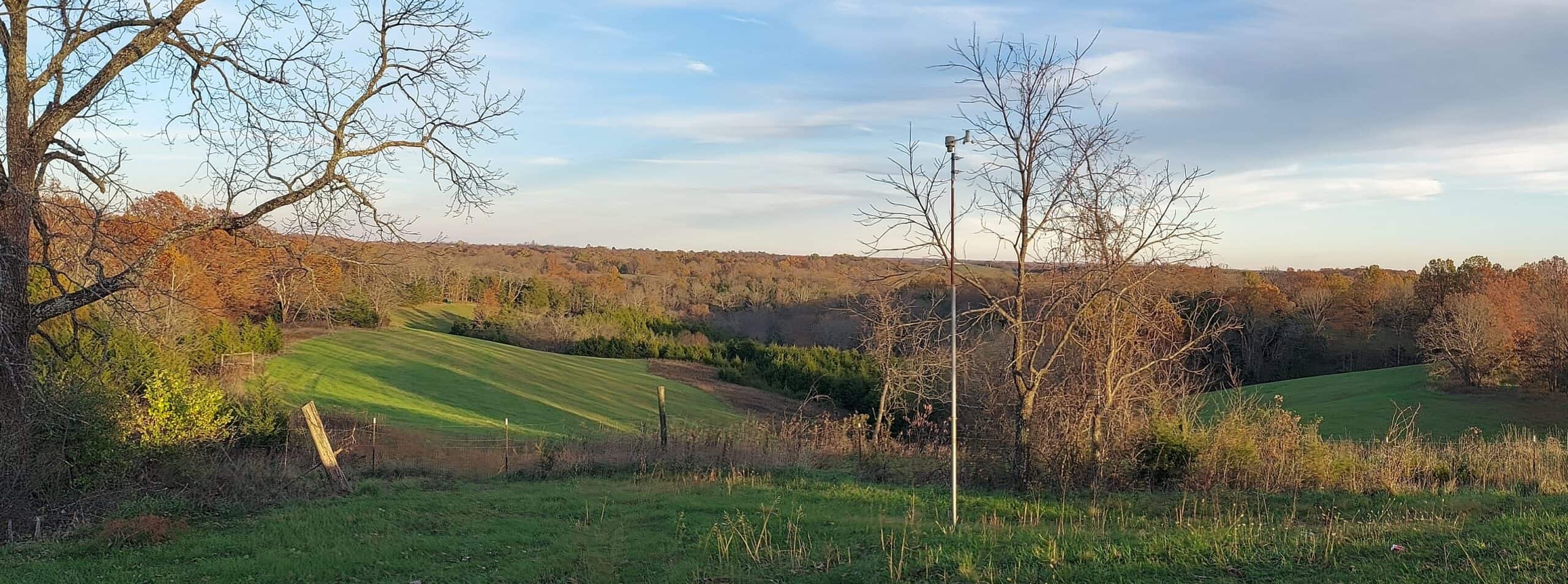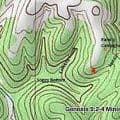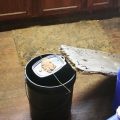The Shamanic Portable Stump
As I wrote in a previous missive, I really appreciate the writings of Dr. Ken Nordberg. He, through his yearly almanacs, was very inspirational to me early on in my deer hunting career. I cannot say Ken got me started using a portable stump. I was using my version clear back in the early 80’s. However, when I saw Ken’s description of his method, it made me feel affirmed.
First off, I want you all to study Ken Nordberg’s method of Portable Stump hunting
and this one, on how to build a portable stump for yourself
Then I want to give you my variation on it.
The Shamanic Variation
The Nordberg method is pretty much the same as mine. However, the hardware is a little different. I use a 5 gallon bucket that I carry with a shoulder strap. I bought one for Angus for his first year of solo hunting. Into that bucket, I add a 12 foot length of camo blind material, a dozen spring-type clothes pins and 50 foot of camo camper’s cord.
The idea is this: still hunt until you get where you have a good set-up. The pre-requisites are
a) A place where you can see and not be seen
b) A flat spot big enough for the bucket
c) An appropriate configuration of trees.
I will not go into the first pre-req. If you still-hunt, you should already be savvy in picking this out. The point is that there are a LOT of places in the woods to put a bucket or a stool, but most of them are bad. With a stool, you have soft ground sucking the legs in. With a bucket, you have bad slants on hillsides. The bucket works better for me, primarily because I do not have to worry about individual legs getting buried. I still have to work a bit to find a spot where the bucket is level and I can sit with both feet comfortably planted.
The configuration of trees is also important. Normally, I try for 3 trees. I make a ‘V’ with the line, and this ‘V’ can be many feet longer than the blind. It does not have to be even. It can point towards the game or away. Sometimes I just use two trees as long as one tree is big enough to hide me from the back. I use clothespins to hang the blind material up so I can be in the middle or along the edge. The point here is to be fast and efficient and quiet. I want to throw up a blind in 5 minutes or less without a lot of fuss so that the deer don’t know I’m there. Sometimes I reverse the ‘V’ so that the deer cannot see me until they are right in front.
Back when I got started, my rig was a bit different. I didn’t carry a 12 foot piece of camo blind. I had just a 4’X6′ die-cut blind, with a cord afixed around the edge. I could hang this across a bush or between two saplings or just drap it over my head or over my lap. I still have it. It’s the oldest piece of hunting gear I still use.
Advanced Tricks
1) Barbed wire fences are great, hanging the blind material off the top strand, but be careful. Barbed wire eats blinds. It may be better to use your campers cord and hang the blind from that in front or behind the barbed wire.
2) Pre-positioning buckets is a variation of this. I’ll put several black plastic buckets out before season and move from one to the next. I carry a camo boat cushion and use that for my butt. I can also hide blind material, cord, and pins under the overturned bucket
3) I will frequently leave my bucket somewhere and go in for lunch and then pick it up on the way out to my afternoon hunt. Nobody ever has stolen mine. I doubt you can see if if it’s in a bush or against a tree.
4) With a blind up, it is hard to see you even if it is one strand between 2 6-inch saplings. Deer are not used to seeing a third of a human, and you can hide most of your body in a situation like this and hunt right along length of the blind. I have taken a buck with a bow at less than 10 yards in this manner and the lead doe was standing less than a yard from the blind, look through it and could not figure out what I was.
5) Remember where the sun is going to be as you are setting up. If the sun comes up and you are back-lit, the deer will respond as if there is no camo blind there. the deer see it bright sun on the front of the blind, you will be invisible.
6) Wind will be your undoing. If the blind starts flapping, deer will notice the movement and vacate that end of the county. I’ve seen bucks at 200 yards catch sight a flapping blind corner and kick on the afterburners.
7) Either figure out a way to steady your shots against one of the tree trunks or use shooting sticks or make sure you can fire offhand at the distances required. Remember that string will not hold the firearm and the deer do not like a jack-in-the-box presentation where you suddenly pop up with your rifle.
Die-Cut vs. Burlap.
Burlap is heavy. Die-cut synthetic felt is light. In a long slog, the synthetics are best. If there is a wind, Burlap is the winner.
You see more through the die-cut. You see movement more for sure.
Folks think Burlap is smelly, but I’ve never seen a deer think so. Don’t worry that smell is natural jute.
Knots for Portable Stump Hunting
There are two knots I use. You need to be able to make a knot and remove a knot quickly. You also need one knot that stays tight, and another that you can adjust.
I use a tautline hitch for my first knot when I’m tying the ‘V’. I leave it somewhat loose on the tree. I then go out and around the apex tree and then back to the third. I terminate the ‘V’ with a double-improved clinch knot. If you go fishing, this is just an clinch knot done with a double line and then finished with an overhand knot. When the knots are both done, I go back and use the tautline hitch to tighten the whole thing up. The campers cord is great. I’ve probably done these knots dozens of times on each length of campers cord I own and the cord looks brand new even after decades of use.
This post has already been read 749 times!
Views: 1








Comments
The Shamanic Portable Stump — No Comments
HTML tags allowed in your comment: <a href="" title=""> <abbr title=""> <acronym title=""> <b> <blockquote cite=""> <cite> <code> <del datetime=""> <em> <i> <q cite=""> <s> <strike> <strong>